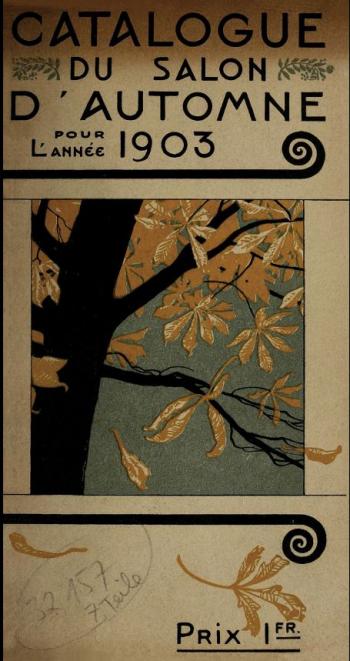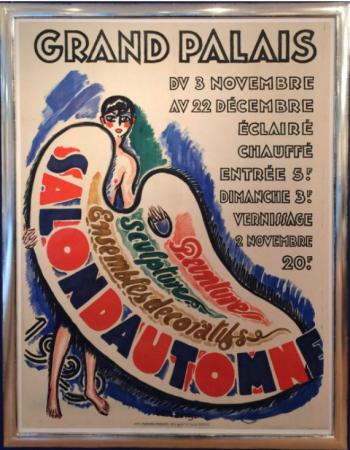Salon d'Automne
The Salon d'Automne (Autumn Salon) is a prestigious annual art exhibition in Paris, famous for promoting modern art and hosting landmark moments in art history. Since its founding in 1903, it has showcased influential movements and continues to present contemporary work today. It was founded by Renoir, Vuillard & Roualt as a progressive alternative to the Paris Salon. Its major memorial exhibitions for Gauguin in 1906 (after a small show in 1903) and for Cezanne in 1907 (after a substantial showing in 1905) had a great influence on the French art world. However, arguably its most famous show was the Fauvist exhibition in 1905. The bold, non-naturalistic use of colour by Henri Matisse, André Derain, and others caused a sensation. The art critic Louis Vauxcelles (1870-1943) famously referred to them as fauves ('wild beasts'), coining the name for the Fauvist movement.
Early exhibitions were instrumental in establishing the reputations of Post-Impressionist painters Paul Gauguin (1903, 1906) and Paul Cézanne (1907). In 1910, the Salon showcased the early works of Cubist artists such as Jean Metzinger (1883-1956) and Albert Gleizes (1881-1953). A major scandal erupted in 1912 over the Cubist works, leading to a heated public debate.
Over its history, the Salon has featured the work of many notable British artists, including Scottish Colourists John Duncan Fergusson, Samuel Peploe, Francis Campbell Boileau Cadell and George Leslie Hunter. Walter Sickert and Gwen John also exhibited, and Ben Nicholson, one of Britain's most important modernists, was influenced by Cubism after a visit to Paris in the 1920's. He went on to exhibit his abstract art at the Salon and, David Atherton-Smith, the expressionist painter, exhibited at the Salon d'Automne following World War I, in the autumn of 1919. Other exhibitors included Frank Brangwyn, Jessica Dismorr, Eileen Agar, David Hockney and Francis Bacon
Get Unlimited Access from just £5



